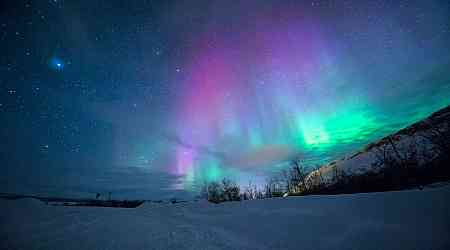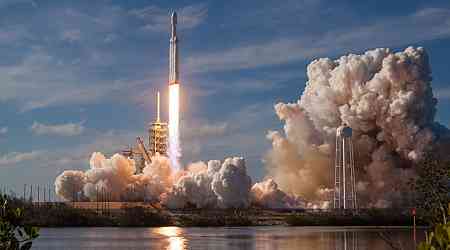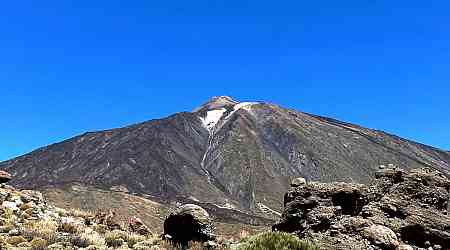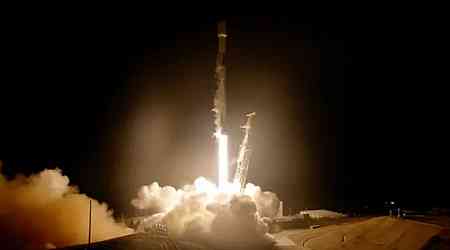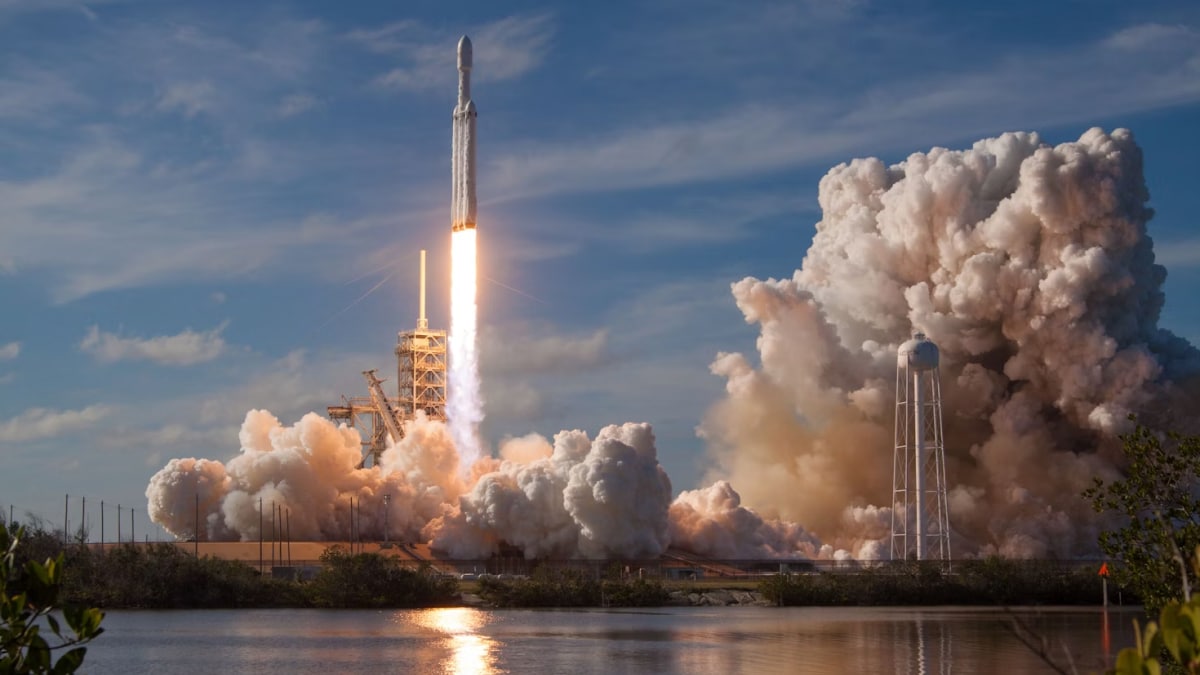September 2024 may offer a unique opportunity to witness vibrant Northern Lights, especially around the fall equinox on September 22nd. Experts predict that geomagnetic storms could be stronger than usual during this period, thanks to the Russell-McPherron Effect. This phenomenon, first detailed in a 1973 paper, suggests that Earth's magnetic field briefly aligns with the solar wind during the equinoxes, allowing charged particles to penetrate more easily. As a result, this alignment leads to more intense auroral activity, creating a spectacular display in the skies.
Why September's Equinox is Crucial for Auroras
The Russell-McPherron Effect is a key factor in why auroras are more frequent during the equinoxes in March and September. The Earth's magnetic poles tilt, aligning with the solar wind, allowing charged particles to interact with our atmosphere. When these particles hit oxygen and nitrogen molecules in the atmosphere, they emit vivid colours, forming the auroras. This unique alignment during the equinox creates an ideal environment for Northern Lights, especially in the Northern Hemisphere.
Peak Solar Activity and Increased Storms
The sun's magnetic activity, currently nearing its peak in the 11-year solar cycle, is contributing to the likelihood of geomagnetic storms. Earlier this year, in May, the most powerful geomagnetic storm in over two decades triggered auroras as far south as Florida and Mexico. With solar activity continuing to surge, a similar event could happen in September, providing an even better chance to view these stunning natural phenomena.
Optimal Conditions for Viewing Auroras
What makes September's equinox even more exciting is the balance between daylight and darkness. During this time, the Northern Hemisphere experiences 12 hours of daylight and 12 hours of night, creating the perfect window for viewing auroras. With skies darker than in the summer months, there's a greater chance to witness the spectacular Northern Lights in all their glory.



















